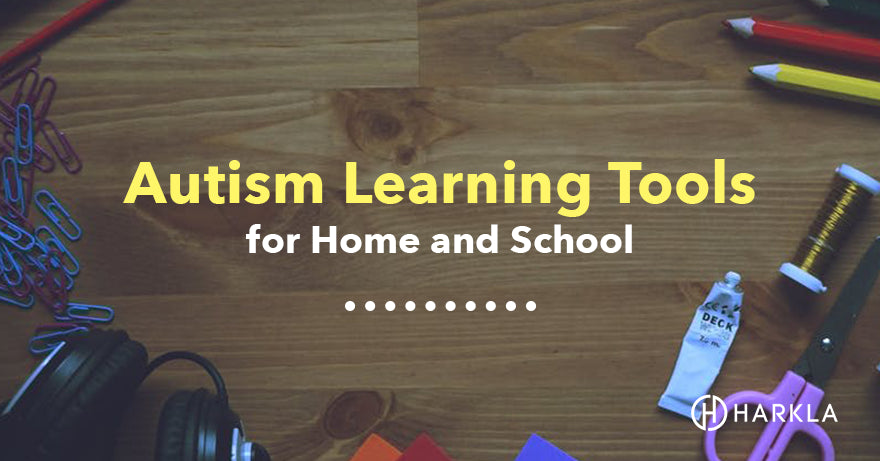Your Cart is Empty

Teachers and educational specialists know that neurotypical children learn best when exposed to varied teaching approaches. While children have preferred learning styles that make it more likely for them to integrate and apply new concepts, they are able to take information in from multimodal approaches.
According to educational theorist Neil Fleming’s VARK model of student learning, there are three learning styles to consider when assessing how best to teach your child: visual, aural (auditory), read/write preference, and kinesthetic (tactile).
While neurotypical children are able to integrate information from multimodal teaching methods, this is not the case for children with autism and children with sensory processing difficulties. These children are often not able to process information from multiple sensory “inputs” and tend to rely on just one learning style.
Because children with autism tend to be learning-style specific learners, these learning styles should advise classroom environments, teaching strategies, and instructional approaches to curricular content.
Below, we look at the three different categories of learning styles and give you our top recommendations for autism learning tools for each style.
Students who learn best by using their sense of sight rely heavily on visual aids, books, charts, graphs, and photos for new learning. Try these teaching tools for visual learners:

Students with strong auditory comprehension prefer to take in new information by listening or hearing. Repetition is key with auditory learners and reciting back information is a consistent strategy they use. These auditory learners benefit from the following teaching tools:
Tactile or Kinesthetic learners take information in by doing - hands-on, manipulating materials, and moving. Kinesthetic learners use all of their senses and benefit from these teaching strategies:

If you have a child with autism, chances are you have already formed routines and expectations around what know are your child’s learning strengths and weaknesses. You know whether your child responds well to spoken directions or needs a visual schedule to follow along.
When looking at new learning and instructional programming in your home or at school, similar accommodations are made based on the type of learner your child is. Set him up for success by building on learning style strengths and incorporating some style-informed teaching tools!
Harkla has a variety of resources to continue this conversation based on your child’s needs. For more information, be sure to check out Harkla’s blog posts on
If you have any tools you think we should add to the list, let us know in the comments!
Resources
Learning Styles. N.p., n.d. Web. 24 July 2017.
"The Learning Styles of Children with Autism Spectrum Disorder." The Arc's Autism Now Center. N.p., 20 May 2015. Web. 24 July 2017.
Comments will be approved before showing up.


Yvonne
December 13, 2021
Can autism be cured